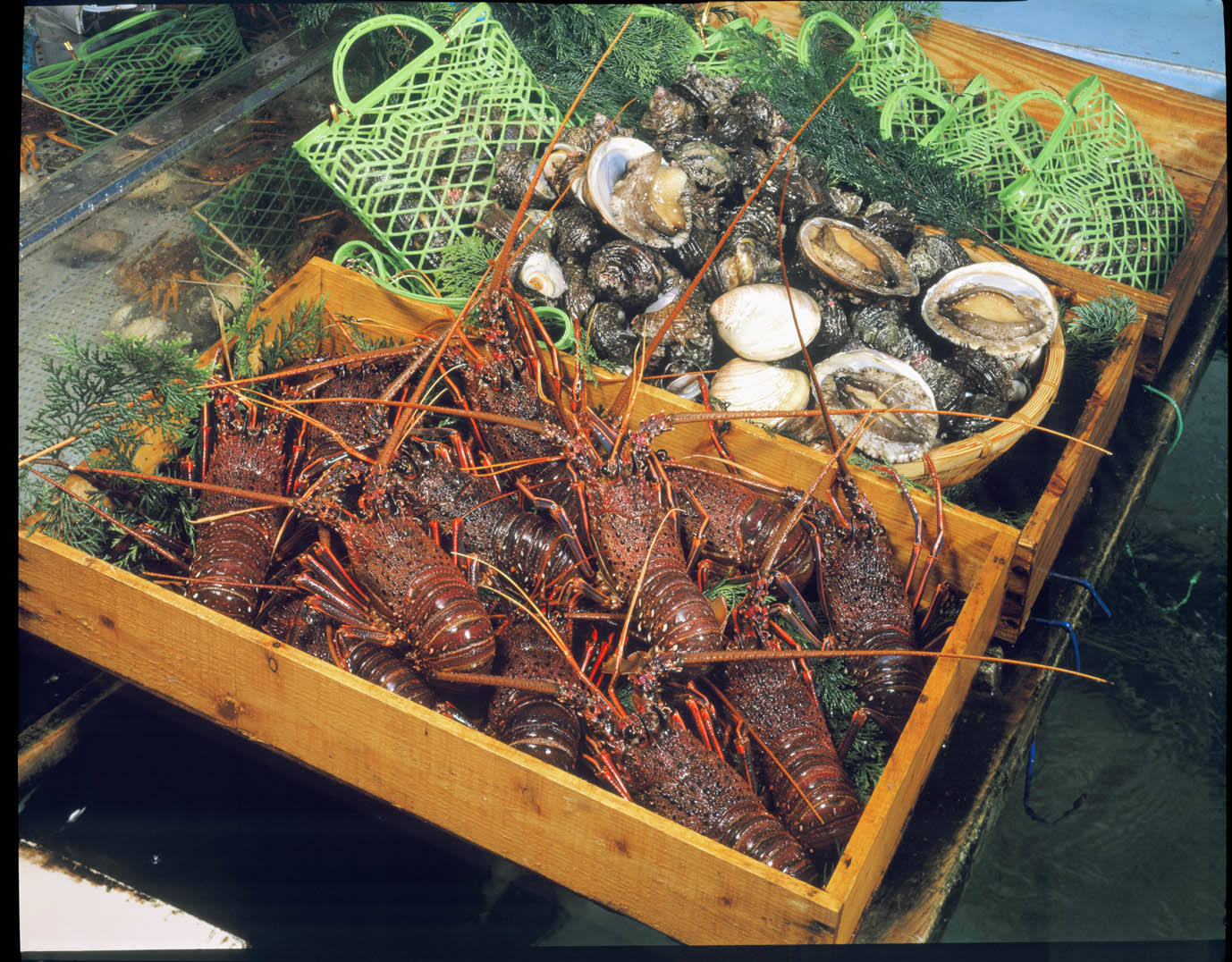According to the Nihon Shoki, the second-oldest book of Japanese history, around 2,000 years ago Princess Yamato-hime was ordered by her father, Emperor Suinin, to find a new, permanent shrine for the most important deity in the land, the great sun goddess Amaterasu Omikami. The princess, taking her task to heart, wandered the land for 20 years in search of a suitable home for the great goddess. Once she arrived in Ise, however, the goddess spoke to her and expressed a desire to establish her earthly abode in this bountiful area in between the mountains and the sea.
Ever since then, Ise Jingu shrine has been the home of Amaterasu Omikami, making it one of the most sacred places in Japan. The sun goddess resides in the Naiku, Inner Shrine — the most sacred shrine in Japan. Additionally, there's also the Geku or Outer Shrine where Toyouke, the goddess of food and the harvest is enshrined. Today, the region on the eastern coast of the Shima Peninsula in Mie Prefecture is commonly called Ise-Shima, home to the historic town of Ise and the spectacular natural beauty of Ise-Shima National Park.
The most striking feature of this region with its mild, warm climate and fertile soil is its coastline. Called a ria coast, its many bays and small islands make the marine life very diverse and abundant, and harvesting its bounties has been a way of life here for thousands of years. This is the area where ama, or female divers, who can stay under water for long periods, originate. While ama are best known as pearl divers, they also dive for other treasures of the sea. One of these is the Ise-ebi (always called by that name regardless of where they're caught) or Japanese spiny lobster. The Ise-ebi's long antennae were traditionally regarded as signs of longevity, making them a must as centerpieces on the most festive occasions such as the New Year's holidays. Fed by the nutrient-rich Kuroshio Current which flows from south to north along the Shima coast, the Ise-ebi caught here are especially prized for their sweet, firm meat that is enjoyed as sashimi, grilled, or simmered in dashi stock.



